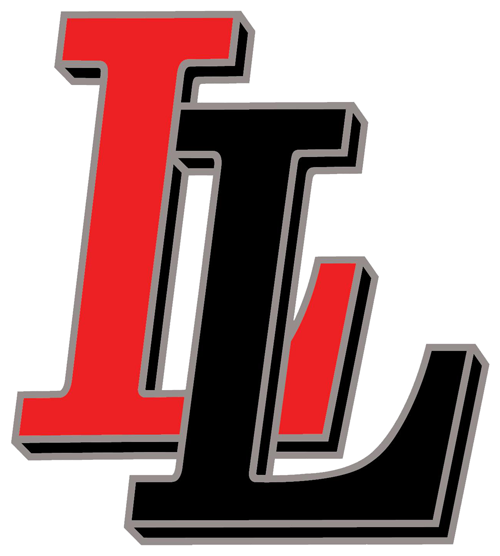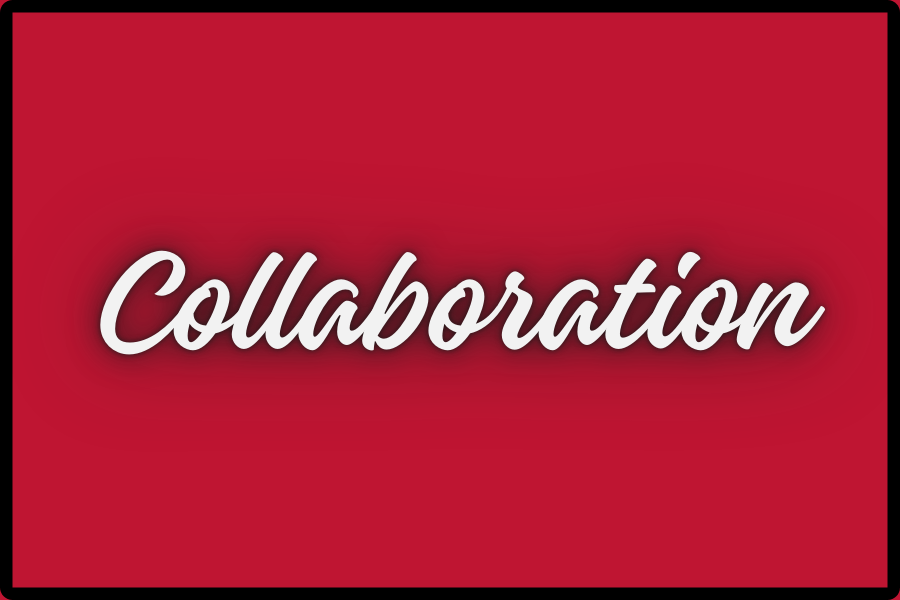8th Grade STEM
Lovejoy STEM Education Model
and Experience Continuum
The Lovejoy STEM Education Model is a partial immersion model. Here, students experience academic content through integrated STEM activities regularly throughout the year. STEM experiences are embedded into the lesson cycle regularly, cross-curricular, and aligned to the Texas Essential Knowledge and Skills (TEKS) or course expectations. This model ensures that STEM education is provided to all students, including special populations.
Throughout their educational experience in Lovejoy ISD, students will move through a continuum of STEM learning experiences, regardless of their career pathway. Students begin by building an awareness of STEM and then begin to explore STEM more thoroughly before applying it not only in school, but outside of the school environment.
In 8th Grade...
Students are given project-based and engineering-based challenges where they participate in authentic, hands-on projects to solve real-world problems, while also learning key concepts defined in the TEKS. Students develop STEM fluency skills in core content and CTE Courses and may participate in STEM activities or other STEM-based elective courses. Students show proficiency in text-based coding. Students are expected to be technology proficient by eighth grade. After school STEM clubs, such as robotics, are offered for students. Students use a variety of digital tools across all content areas. Students are provided optional opportunities to participate in STEM activities through the library. At the end of eighth grade, students choose an endorsement to continue their career path in highschool. Some endorsements develop an in-depth knowledge of STEM related skills (STEM, Business and Industry, and Public Service.)
Instructional Materials
The availability of STEM materials in classrooms is crucial to promoting problem-solving, critical thinking, and creativity among students. These materials provide hands-on learning experiences, making complex concepts more accessible and engaging. With a variety of different STEM tools, students can develop future-ready skills, including technical literacy and a growth mindset, to prepare students for success in a rapidly changing world.
Lovejoy ISD, along with financial support from the Foundation for Lovejoy Schools, has spent significant time and resources in making sure that teachers have the STEM materials necessary to provide students with quality STEM experiences. The materials differ from campus to campus, based on developmental needs and alignment to the TEKS and course expectations. The following are examples of what is available at each level.
Middle School
Tynker • Micro:bits • Strawbees Invention kits • Vex Robotics • Nearpod coding activities • Vernier Software and Equipment • Desmos • Bulb Digital Portfolios • Digital Content Creation Tools • Content related resources • Consumable resources and materials

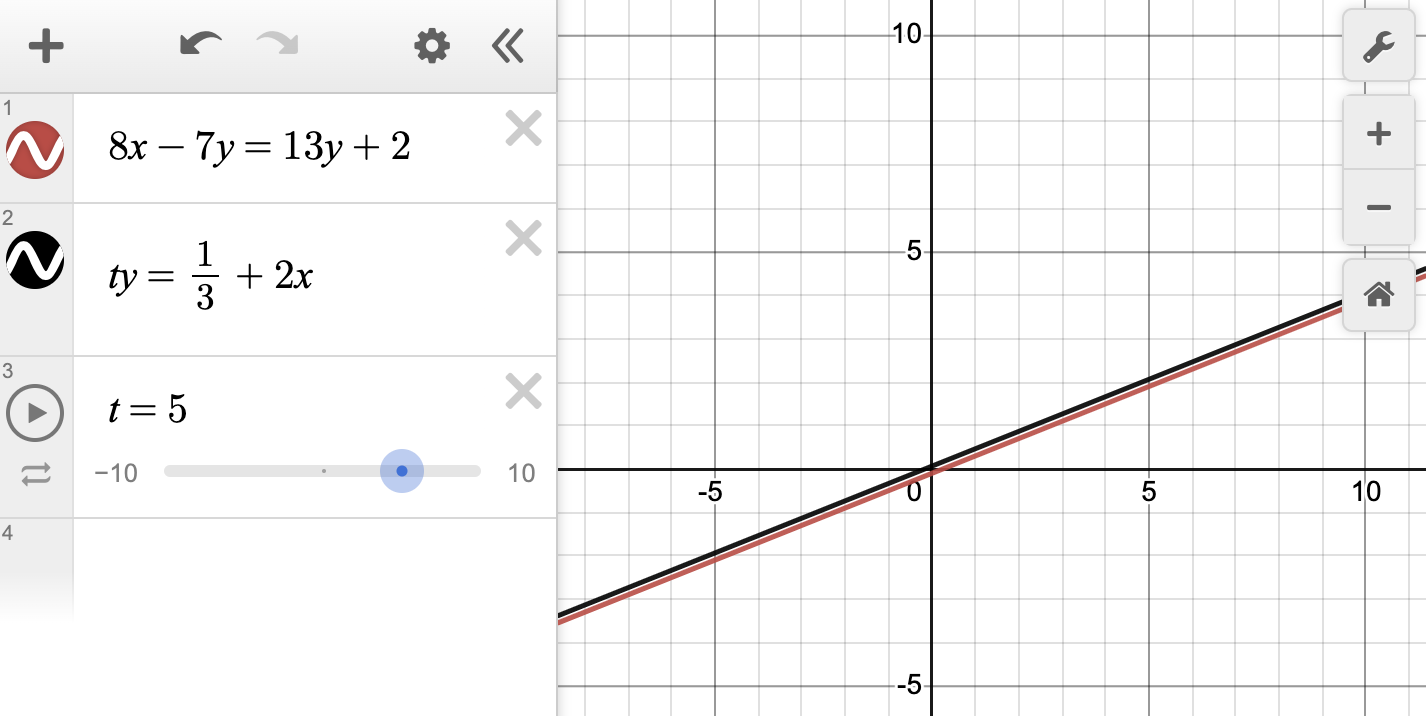
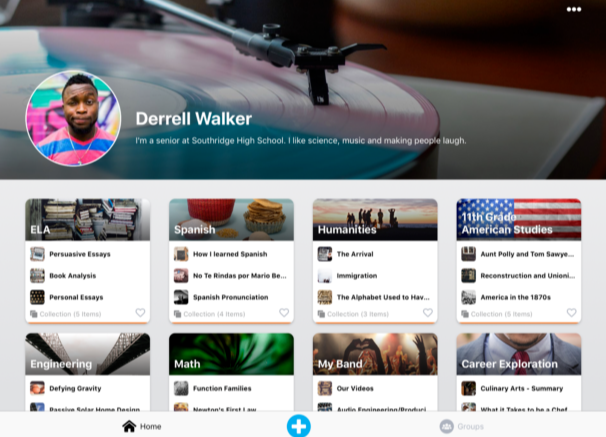
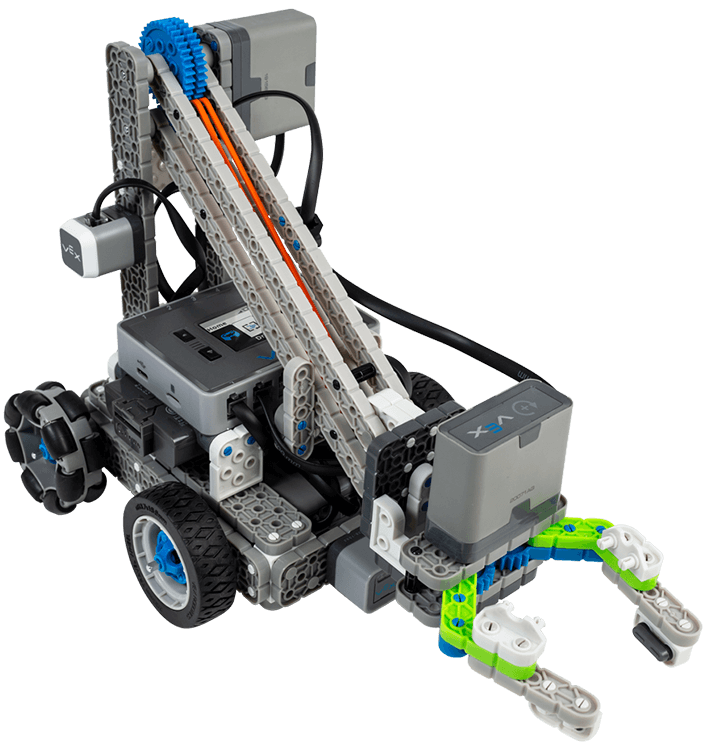
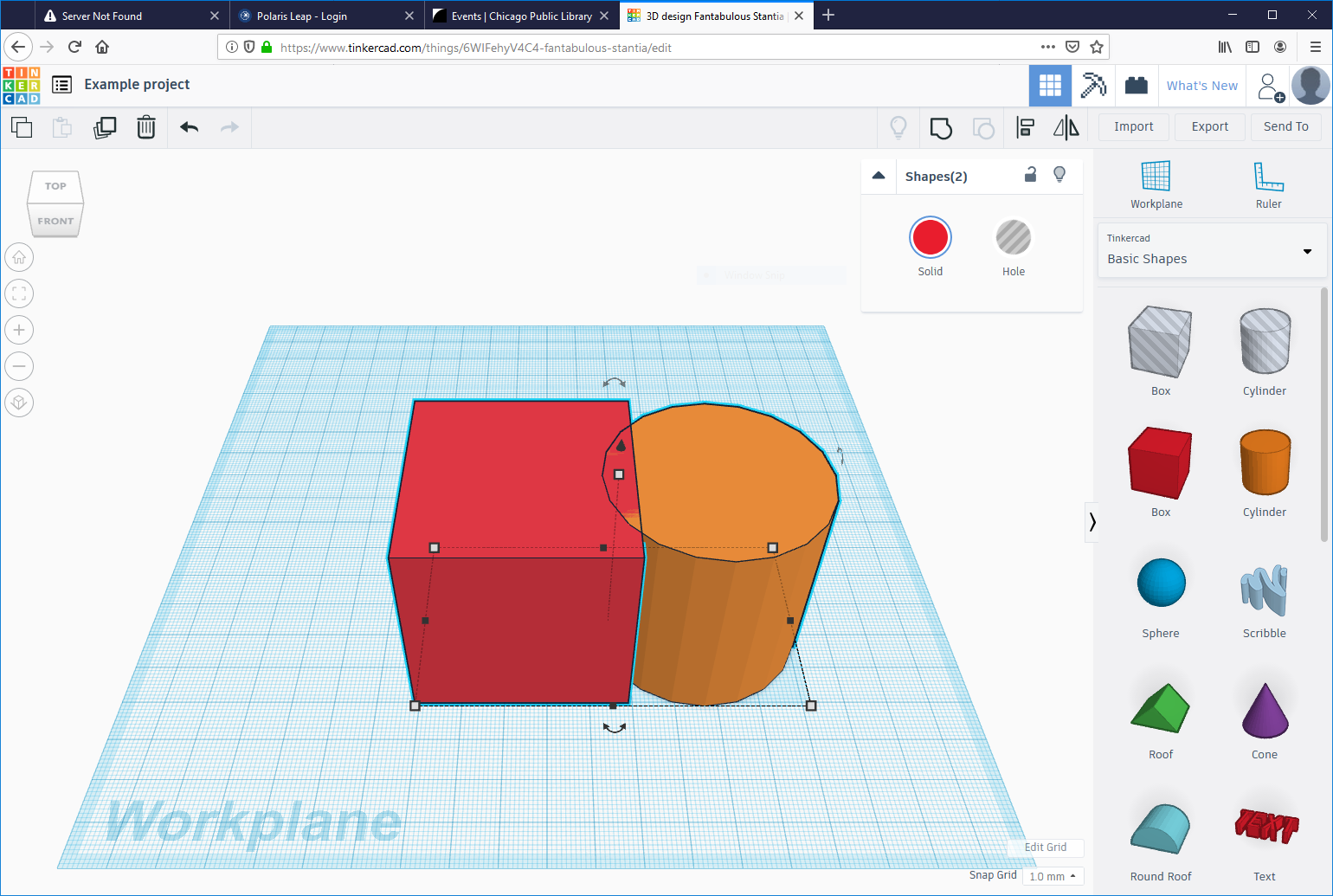

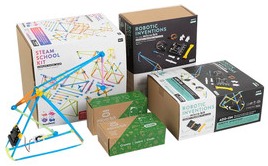
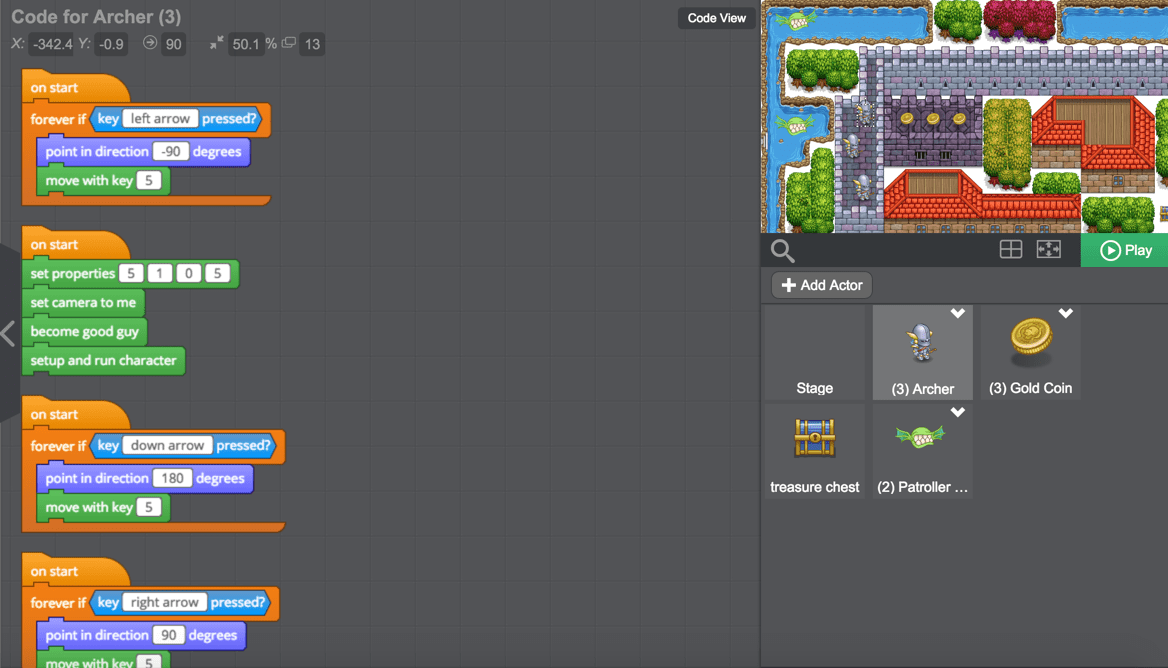
8th Grade STEM Scope and Sequence
In order to promote a cohesive educational experience for Lovejoy students, the Lovejoy ISD STEM scope and sequence presents a logical, developmentally appropriate plan for instruction, ensuring that all necessary content is addressed. The TEKS and course specific standards, with a focus on those in science, mathematics, and technology, lay the foundation for STEM education in Lovejoy ISD. These expectations progress through the student’s educational experience and provide skills to develop well-prepared individuals ready to pursue and fulfill their career paths.
SCIENCE and ENGINEERING
8.1 Scientific and engineering practices. The student asks questions, identifies problems, and plans and safely conducts classroom, laboratory, and field investigations to answer questions, explain phenomena, or design solutions using appropriate tools and models.
8.2 Scientific and engineering practices. The student analyzes and interprets data to derive meaning, identify features and patterns, and discover relationships or correlations to develop evidence-based arguments or evaluate designs.
8.3 Scientific and engineering practices. The student develops evidence-based explanations and communicates findings, conclusions, and proposed solutions.
8.4 Scientific and engineering practices. The student knows the contributions of scientists and recognizes the importance of scientific research and innovation on society.
8.5 Recurring themes and concepts. The student uses recurring themes and concepts to make connections across disciplines.
TECHNOLOGY
8.1 Computational thinking--foundations. The student explores the core concepts of computational thinking, a set of problem-solving processes that involve decomposition, pattern recognition, abstraction, and algorithms.
8.2 Computational thinking--applications. The student, with guidance from an educator, applies the fundamentals of computer science.
8.3 Creativity and innovation-- innovative design process. The student takes an active role in learning by using a design process and creative thinking to develop and evaluate solutions, considering a variety of local and global perspectives.
8.4 Creativity and innovation-- emerging technologies. The student demonstrates a thorough understanding of the role of technology throughout history and its impact on societies.
8.11 Practical technology concepts--processes. The student evaluates and selects appropriate methods or techniques for an independent project and identifies and solves common hardware and software problems using troubleshooting strategies.
8.12 Practical technology concepts--skills and tools. The student leverages technology systems, concepts, and operations to produce digital artifacts.
MATHEMATICS
8.1 Mathematical process standards. The student uses mathematical processes to acquire and demonstrate mathematical understanding.
